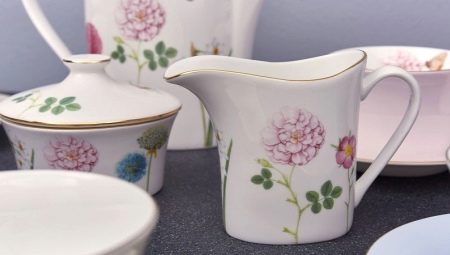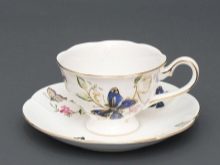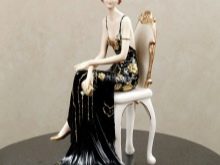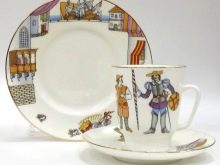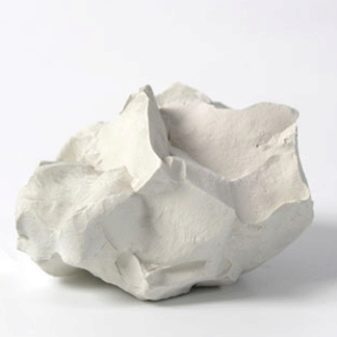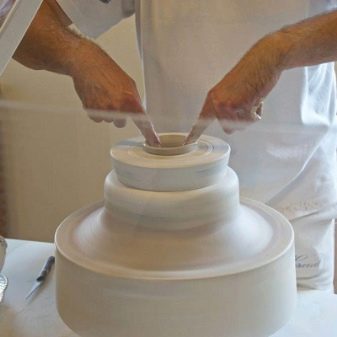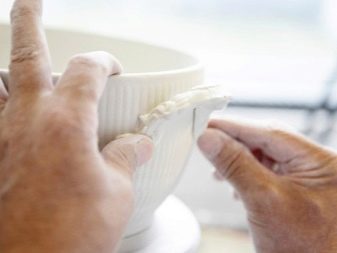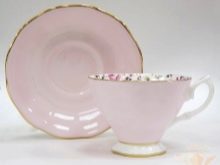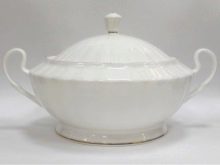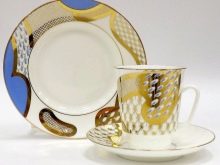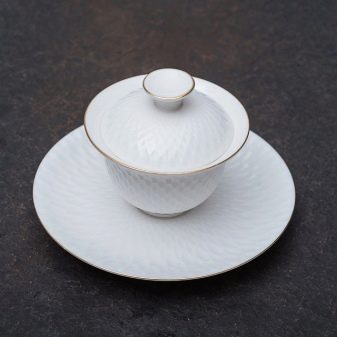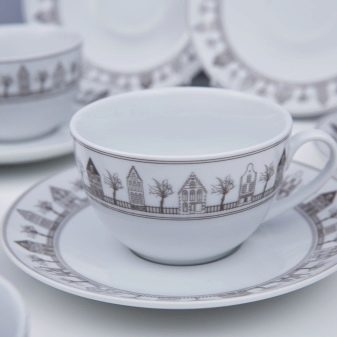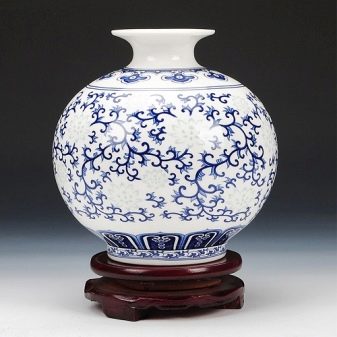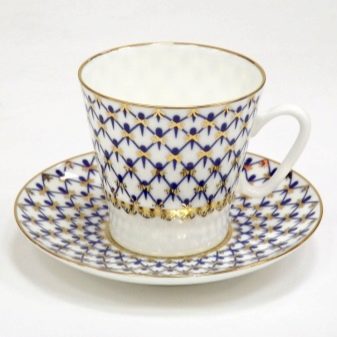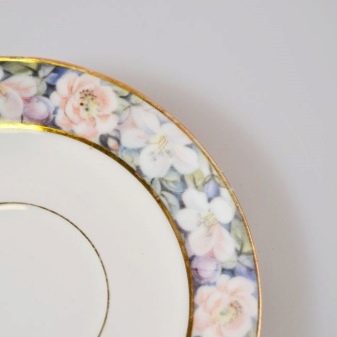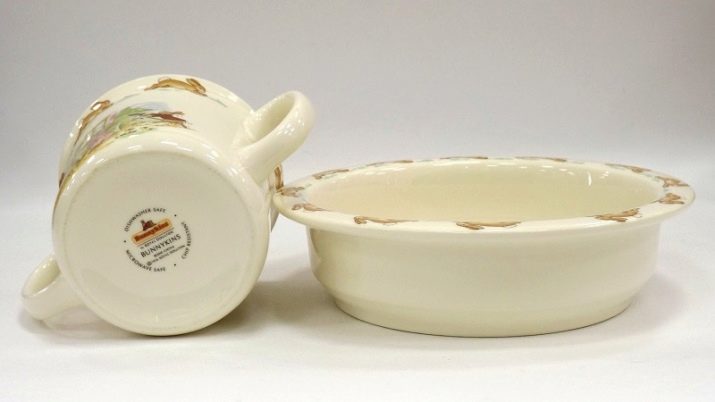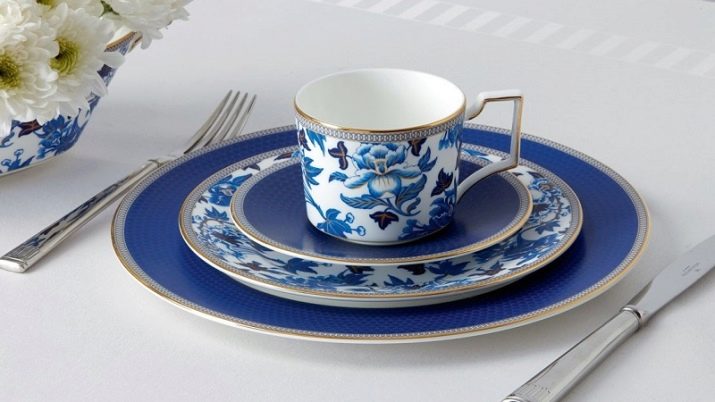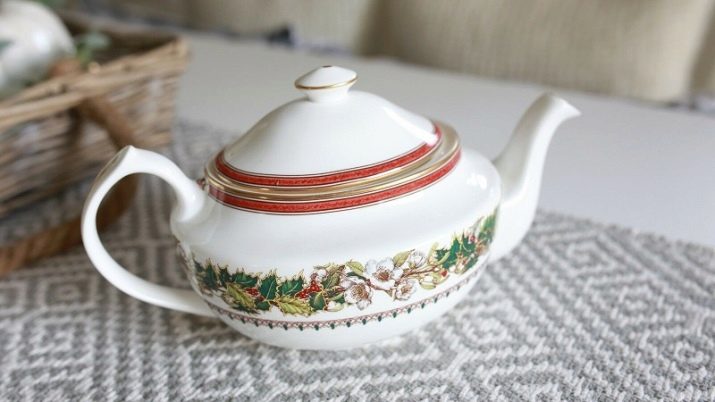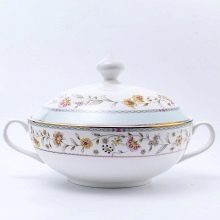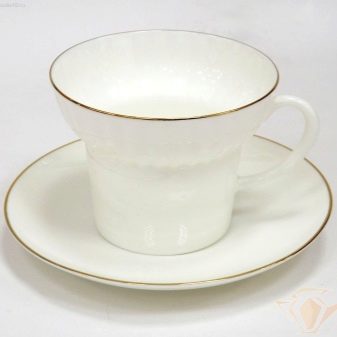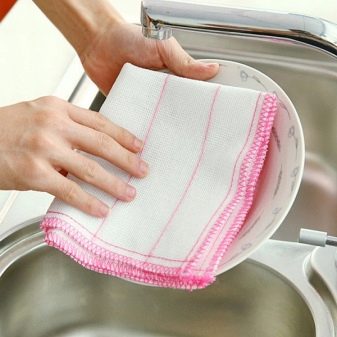For the manufacture of dishes and items for the decoration of interiors used a large amount of materials, and among them there is porcelain. In addition to the usual, today manufacturers actively use bone china, different from it, in light of which stands out for its unique characteristics.
What it is?
The material, thus called, is a solid raw material, a component of which is burnt bone. Among the characteristic features of such porcelain it is worth highlighting the high strength, as well as white color. The material appeared as a result of work on attempts to recreate the formula for producing world-famous Chinese porcelain. For the first time, bone ash in the 18th century was included in the composition of solid raw materials; the result was the impetus for the derivation of the basic formula for the manufacture of bone porcelain, which is still used today.
Ideally, the composition of the material should contain such components as:
- white clay - 25%;
- feldspar - 25%;
- hardened bone mass of animals - 50%.
The main properties due to which this material differs from the usual caused by the absence of voids inside, perfectly filled with bone ash. Among the external characteristics that have brought particular popularity to bone china, it is worth highlighting the expressive whiteness and transparency, as well as the possibility of recreating a delicate cream shade on products and dishes from this solid and at the same time elegant raw material. Porcelain acquires its basic properties gradually as a result of firing, which are carried out at temperatures from +1050 to +1300 ° C.
Bone mass is also pre-processed, as a result of which glue and organic components are removed from it. Further, with the help of plaster molds, the products are manufactured, followed by their design with the help of glaze, painting or decal.
Bone china is considered thin-walled, since products from this raw material differ from the thickness of their walls from ordinary porcelain utensils.
Advantages and disadvantages
Bone china, like any other raw material, has strengths and weaknesses that will manifest themselves during the operation of products made from it. So, the advantages of the material include the following:
- increased strength, even under the condition of thin walls of the product; as practice shows, products with such a composition will be more resistant to mechanical damage than other variations of raw materials used for the manufacture of dishes and decorative items;
- the walls of products from this porcelain will shine through, which makes products look lighter, more refined and sophisticated; similar qualities are especially appreciated by antiquaries and other amateurs and collectors of aristocratic figurines, dishes and so on;
- the variety is famous for its noble color; real bone china will not have a hard-on gray tint;
- the surface of products from this raw material does not contain any rough edges, all dishes and other products will be perfectly smooth to the touch;
- Manufacturers make sets and other household items from the material that can be categorized as universal, since they can be used not only to decorate the home, but also for normal use at the family table.
Not devoid of material and some minuses, namely:
- despite its durability, products from this raw material will require special care, which will preserve their original appearance, as well as extend the operational life;
- in addition to a special approach to care, bone china will also require the owner to observe certain nuances regarding storage;
- products made from this material are expensive;
- in spite of its strength and hardness, bone china does not withstand sudden temperature fluctuations, either up or down.
Types of dishes
Today, manufacturers who use this material in their production, offer the following types of dishes:
- plates of various sizes and depths, including products used for decoration;
- sets;
- tea and coffee appliances, designed for 2 or more people;
- tureens;
- sets.
In addition to kitchen utensils, figurines, vases, thematic figurines are made of porcelain.
Theme and colors
White porcelain or ivory products, before getting to the store shelves, undergo a mandatory process of painting and decoration. The painting can be underglaze or overglaze, and there are also products, the design of which combines the two techniques of work of artists. Most bone china products are made in white and blue color, which is called "Cobalt net", which has become a kind of business card products from this material. Such a painting, depending on the temperature treatment, can be pale blue or saturated blue. Sometimes shades of black, gray and brown are used, flowers of magnolia and other plants are drawn on the surfaces of dishes.
Painting products is done by hand, but in some production shops bone china products are decorated with special shapes with drawn thin lines defining the contour. And also in practice is actively used thin film - decal, which "works" by analogy with the decal. Overglaze painting of dishes and other products is sometimes done in gold. Working with precious metals can be done with a brush. manually or with a special stamp.
Manufacturers Overview
Today, many domestic and foreign brands are engaged in the manufacture of bone china products. Among the existing popular brands stands out the most popular production.
- Imperial Porcelain Factory. This enterprise in the days of Tsarist Russia was the first domestic production, specializing in the manufacture of dishes from porcelain. As for bone material, on the basis of this plant, the first products were produced already in the times of the USSR.
At the moment, it is the only Russian organization that produces the raw materials themselves, as well as products from it.
- Royal doulton - It is an English concern specializing in working with similar material. Now the brand is one of the largest suppliers of bone china products. In the company's assortment there are different products, including exclusive sets and decor items.
- Wedgwood - this is no less popular brand than the Russian plant, the company occupies one of the most sought-after niches, since it works not only to provide porcelain to ordinary consumers, but also fulfills orders for the production of dishes for the British royal court. In addition to the sought-after classics, the company is engaged in the production of extraordinary products and objects of art.
- Spode - This is another popular brand for the manufacture of products from bone china, which offers customers a wide range of high-quality dishes. Production facilities have been active for over 200 years. Today, the brand launched its exclusive line for the manufacture of elite-class products.
- Narumi - is a Japanese brand, considered one of the young companies in this market segment. However, the products of this brand stand out for their sophistication, high quality and a special approach to the design of dishes. Japan focuses on the production and painting of products by hand, which adds value to dishes and other products.
The company does not lag behind the English trademarks, and therefore also actively produces a line of high-end porcelain. In addition to the above enterprises, bone china as the main raw material for the production of dishes is used in China and Kazakhstan.
How to choose?
The acquisition of such dishes or other products requires an understanding of how to distinguish high-quality products from second-rate fakes. Evaluating the appearance of your favorite product, you should pay special attention to a few nuances.
- Colour. Quality products must be pure white or cream. And also porcelain should shine. The color scheme may vary in the light of the use of new technologies in the work, but the shade on the surface of the products must be warm, not be distinguished by deliberate whiteness.
- Transparency. Plates or any other high-quality bone china products should transmit light.
- Picture. If the proposed product is positioned as a tableware or hand-painted souvenir, then on closer examination you will be able to see the characteristic brush strokes.
- Marking All products must be necessarily marked. Usually, the corresponding stamps are put on the reverse side of the bottom. It is recommended to give preference to manufacturers with a known name.
- No surface defects. When purchasing dishes for a gift or for personal use, you need to make sure that all the walls are smooth. It is important that the product does not have holes, bubbles, as well as chips and scratches, especially along the edge.
Care features
By purchasing for the operation of products from bone china, it is worth further studying issues relating to the care and storage of such products, pay attention to the following recommendations:
- washing dishes is prohibited using hard abrasive sponges, as well as the use of powdered household chemicals, which may scratch the surface; if possible, it is worth noting the use of any additional chemistry;
- porcelain is very sensitive to sharp fluctuations in temperature, so care or maintenance of cups, plates or other objects should be maintained or exploited; if hot liquid is poured into the container, it must first be rinsed in warm water and so on;
- porcelain care involves the use of water at room temperature; it is impossible to wash under hot water even at strong pollution;
- arrange the dishes on the table or when stored on a shelf should be so that the containers do not touch the edges with each other; it is best to shift containers with white paper napkins when storing the dishes on top of each other;
- after wet processing, porcelain products must be wiped dry; Remove dust with a dry, lint-free cloth.
For information on how the famous English fine Dunoon bone china is produced, see the following video.
